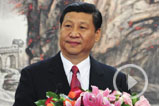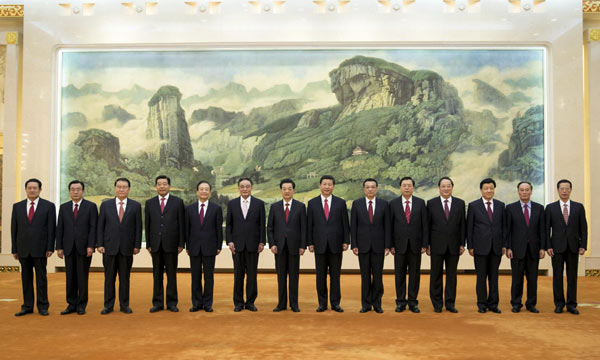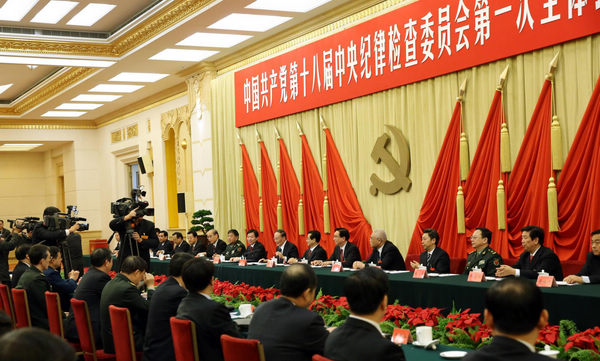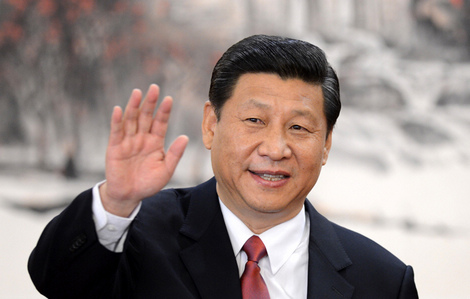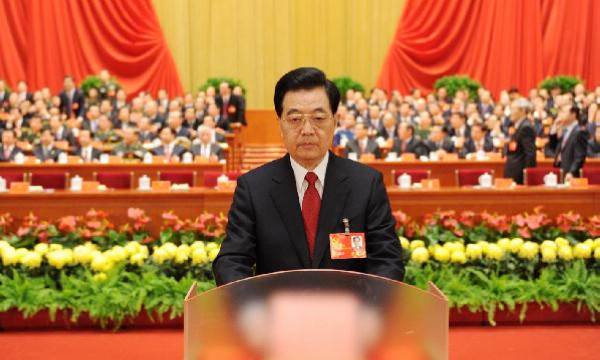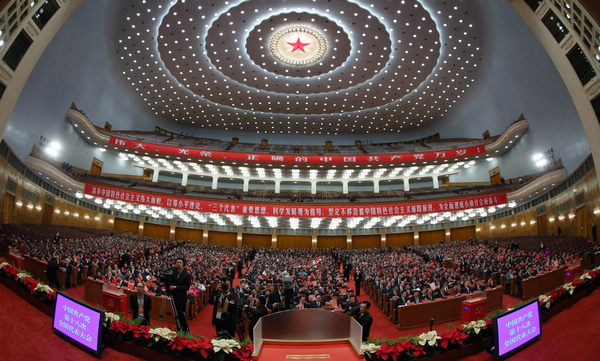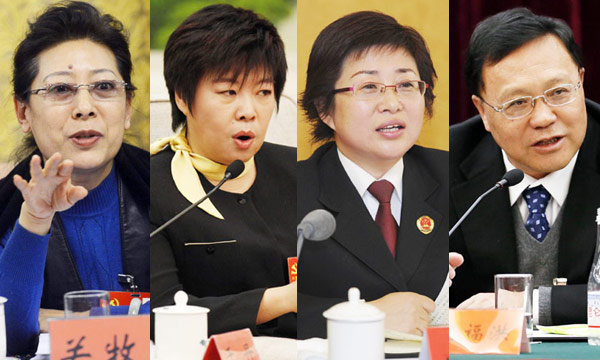China's 2020 blueprint to ripple through world
(Xinhua)
Updated: 2012-11-11 22:30
Higher productivity and efficiency can also check China's energy and resources consumption, easing the pressure on environment left by an expanding world economy, Zhang said.
By 2020, the country's carbon dioxide emission per unit of gross domestic product will drop by 40 percent to 50 percent from the 2005 level.
"From the blueprint outlined in the report delivered by Hu Jintao at the congress, people can see the perseverance of the CPC in pressing ahead with reforms to achieve the goal," said Zhang.
William Ratliff, a fellow at Stanford University's Hoover Institution, said China's incoming leadership needs to recall Deng Xiaoping's pragmatism to clarify conditions today that even Deng could not have fully imagined. They must also dictate new reforms to deal with those conditions.
He said that would mean a broad restructuring of China's political and economic ideas and institutions. It will need to liberate people's minds to innovate, and expand options for policies dealing with whatever proves to be the domestic and global challenges of the future.
If commands from the Party leaders decrease and a broader cross-section of individuals and groups are consulted in analyzing, formulating and implementing policies, those challenges will be met more productively, he said.
China watcher Robert Kuhn from the United States said China must stage sustainable reform across a abroad spectrum. Too rapid reform will cause disruption, he said.
"Times of great change can be very unsettling and no one in China or the world would benefit from the country returning to chaos," said William Ratliff.
He said domestic liberation and increasingly constructive involvement in global political and economic affairs will enhance China's relations with the world.
What may bring incoming Chinese leaders credit from the world involves a demonstration of sound environmental practices, the universality of such essentially Confucian ideas as harmonious existence, group orientation, public-spiritedness and distributive justice, he noted.
Related Stories
China boosts economic diplomacy 2012-10-10 09:08
Strategic industry blueprint 2012-05-31 10:42
London taps into Beijing blueprint 2012-05-09 08:02
China to move forward despite difficulties: Kissinger 2012-11-11 21:37
Delegations deliberate nominees for new central leadership 2012-11-11 19:07
Decoding China's political logic 2012-11-11 17:09
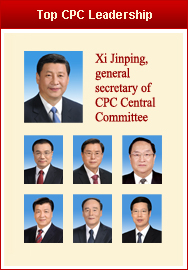
Top News
Xi emphasizes adherence to CPC Congress spirit
Top legislator urges implementation of congress spirit
Moderately prosperous China brings chances to world
Video
